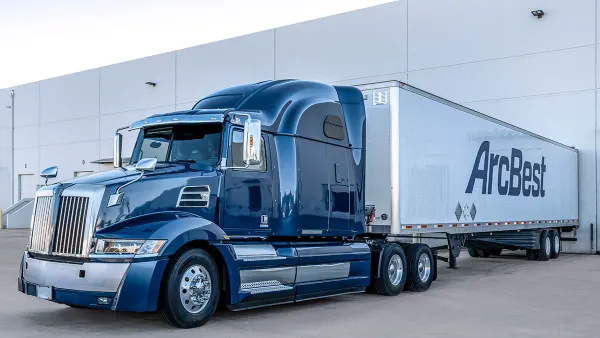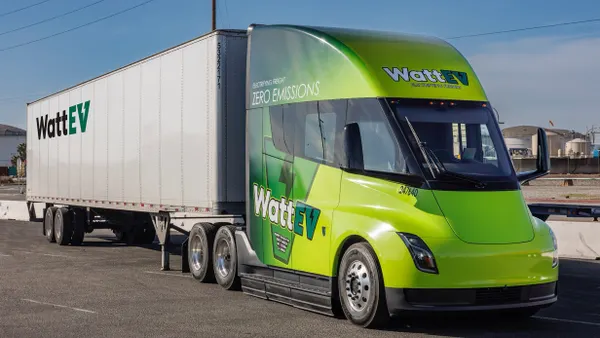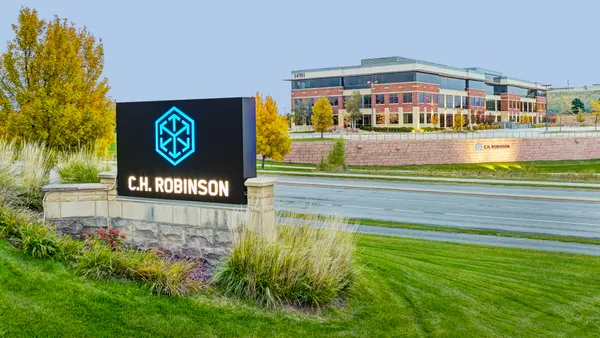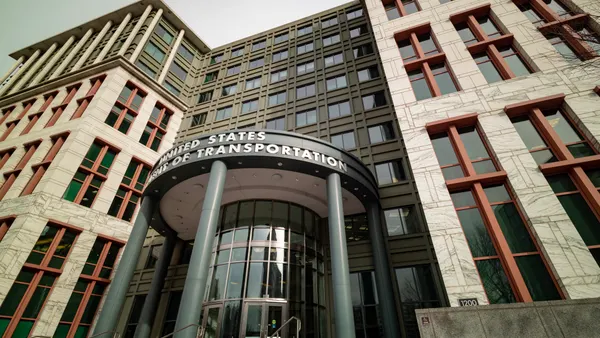Keeping drivers’ seats filled can seem like a never-ending battle. Carriers consistently rank finding and retaining drivers among the transportation and logistics industry’s top challenges.
Recent data paints a vivid picture of the problem. Turnover in 2023 averaged 51% for truckload carriers with fleets of 26 to 100 trucks and an astounding 72.3% for those with fleets of more than 1,000 trucks. In a 2024 survey, 40% of drivers said they were currently looking for a job, and 52% reported being recruited by another carrier at least once a week. It is estimated that, by 2032, there could be a shortage of 160,000 drivers and that 1.2 million new drivers must be hired to replace those leaving the industry.
Carriers need to up their recruitment and retention games. Making intelligent choices when it comes to the technology they provide can help them do that.
Providing a suite of connected solutions that enhances a driver’s daily workflow can build engagement, strengthen morale, ease common driver frustrations and improve the driver experience. This is especially true in some key areas: safety, equipment maintenance, routing and navigation and fleet management. Offering purpose-built solutions can entice drivers to stay and be a strong tool for recruiting new talent.
Safety
The safety of drivers is the top priority. Nothing is more important. Installing a robust video intelligence system signals that a carrier shares that view.
Video intelligence systems use cameras and artificial intelligence (AI) to record dangerous behaviors, such as following too close and hard braking, and events on the road, such as accidents and near-misses, to alert drivers to risks and provide an objective perspective in the event of an incident. An AI-powered system can help drivers avoid unintentional lane departures, potential collisions and more, before they become problems.
With reliable video footage, drivers can be more carefully trained on what to avoid on the road and how, and be given insight into their routine behavior. And should an accident occur, the video evidence can exonerate a driver, protect a trucking company from a lawsuit and prevent increased insurance costs and reputational damage.
Equipment Maintenance
Few things are as frustrating for drivers as a roadside breakdown or being sidelined while their truck is in the shop for maintenance. Drivers also take pride in their equipment; being given clean, well-maintained equipment is a sign that the carrier cares about them.
Maintenance software helps ensure that preventative maintenance tasks are completed on schedule, reducing the chance of a breakdown and allowing maintenance teams to address issues early. Remote, real-time diagnostic capabilities help prevent unscheduled service events and hazardous driving scenarios. Machine learning algorithms can analyze past fault code occurrences to predict future breakdowns.
Intelligent maintenance solutions can also craft a schedule that reduces driver downtime during preventative maintenance. Maintenance tasks can be scheduled for drivers’ days off or when an alternative vehicle is available. And maintenance teams can track parts stock, ensuring they have what they need on hand when the truck arrives in the shop.
Routing and Navigation
Drivers have tight schedules to keep and want to get to their destination on time, safely and with minimal hassle. Commercial routing and navigation systems help them achieve these goals.
They guide trucks on legal routes that are tailored to their profiles and loads (even hazardous ones); avoid low bridges, restricted tunnels and roads; and steer clear of unsafe turns. Clear verbal, turn-by-turn directions and highly accurate geofencing around truck entrances and exits at customers’ facilities get drivers to their destination without the delays and potential risks of detours and backtracking.
Advance notifications of upcoming lane changes, changing speed limits or approaching curves help keep drivers safe. And well-designed, at-a-glance insights and guidance help keep drivers focused on the road.
Real-time weather and traffic alerts allow drivers and back-office teams to adapt to changing conditions. A database of average dwell times at customer facilities improves route planning, allowing drivers to avoid costly and frustrating delays.
Fleet Management
The connection between a driver and the team in the back office is critical to efficiency, safety and performance. Fleet management systems streamline processes for both parties, enhancing communication and facilitating collaboration and problem-solving.
Fleet managers get up-to-the-minute asset visibility, reducing phone calls to drivers and allowing them to solve problems quickly.
Telematics solutions track drive time and allow drivers to view trip history, access current route information and easily adhere to regulations that require electronic logging device (ELD) details to be visible outside the cab.
In-cab scanning simplifies document management for both the driver and the back office. Electronic driver’s vehicle inspection reports eliminate paperwork and streamline the inspection process.
The Power of Integration
Individually, each of these systems brings significant benefits. But by integrating them into a connected ecosystem, carriers can unleash their full power to increase productivity and enhance the driver experience.
“Solutions that talk to one another are inherently easier to work with,” said Jason DeShaw, senior product director of driver experience at Trimble. “Users don’t have to look in multiple places for an answer. All the information they need is available in one place.”
That simplicity also makes drivers’ lives easier.
“Drivers want to drive a truck, not enter data into a computer,” DeShaw said. “Intelligent systems with robust interactions reduce the need for a driver to enter information the system already ‘knows.’ Data can be presented to a driver for verification, rather than the driver having to enter it.”
Conclusion
The battle to fill drivers’ seats is fierce. A robust suite of connected software solutions can help carriers win by building engagement, strengthening morale, easing driver frustrations and improving the driver experience.
To learn more about how intelligent solutions can improve your workforce, contact Trimble.










